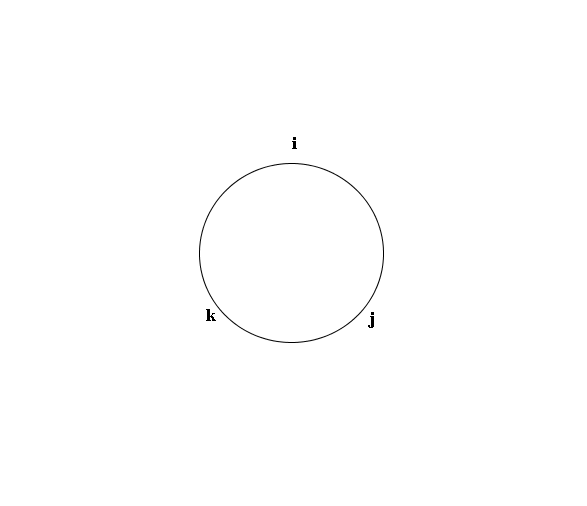How to find the resulting vector by performing the algebraic multiplication (not determinant) of the elements?: (j-k) * (K-i)
#(j-k)*(K-i)#
1 Answer
Explanation:
Vectors:
The products of the unit vectors is best looked at as cyclic permutations.

Looking at the diagram. If we multiply
This is because by the vector product definition:
Angle between
So we have:

